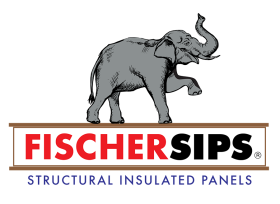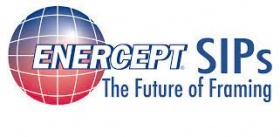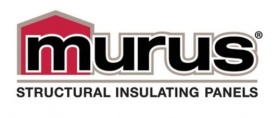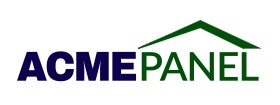In today’s world, sustainability isn’t just a buzzword - it’s a necessity. The construction industry is evolving, moving steadfastly towards greener and more energy-efficient building solutions. At the forefront of this transformation are Structural Insulated Panels (SIPs), a tried-and-true innovation that embodies this change. SIPs offer long-term energy savings, improved indoor health and enhanced resilience for low-carbon structures. Below, explore the impressive sustainability profile of SIPs, supported by concrete evidence from outside studies highlighting SIPs’ commitment to delivering on their promises.
The Foundation: A Glimpse into Sustainable Materials
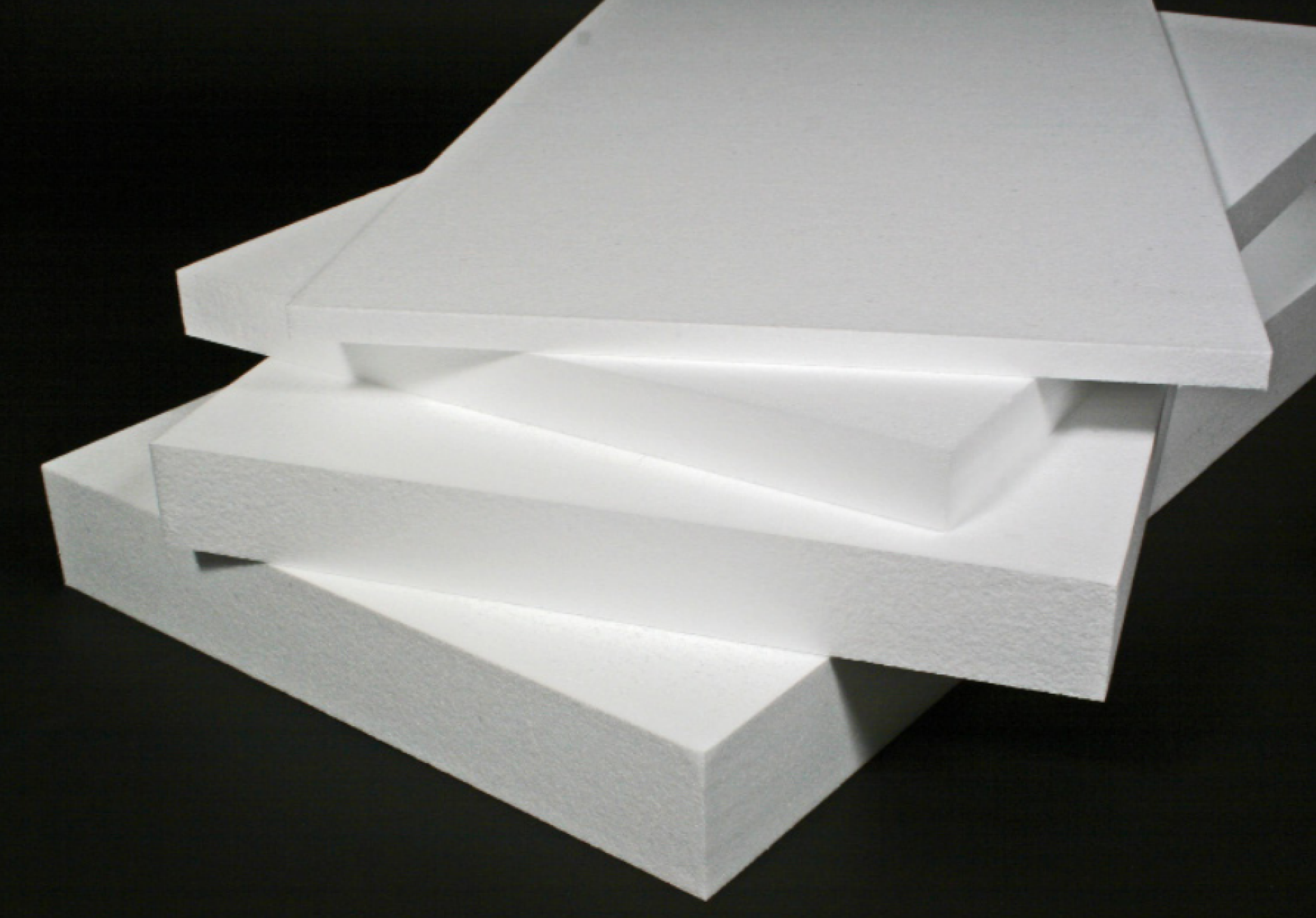
SIPs have redefined the way we construct buildings by marrying innovation with sustainability. Central to their remarkable energy efficiency, thermal insulation and overall performance is the core material: Expanded Polystyrene (EPS). What makes EPS stand out is its ability to deliver exceptional performance while being environmentally conscious.
Compared to fiberglass insulation with an equivalent R-value, the production of the EPS core uses a strikingly lower amount of energy - 24% to be precise. This energy efficiency isn’t just theoretical; it’s backed by the 2023 Environmental Product Declaration (EPD) on Expanded Polystyrene Insulation, recently released by the EPS Industry Alliance (EPS-IA). This report shines a light on the ecological impact of SIPs’ core material and underscores a commitment to transparency in the construction solution.
The EPS Industry Alliance’s findings are crystal clear: “Expanded polystyrene (EPS) is a versatile, high-performance building material engineered to deliver reliable energy efficiency through a long-term, stable R-value. EPS insulation is an ideal choice for green building design, offering numerous environmental advantages, including reduced energy consumption, recycled content, localized distribution, and improved indoor air quality.”
Sustainable Material Usage: SIPs and Resource Efficiency
SIPs shine as an example of resource efficiency, making optimal use of EPS foam and oriented strand board (OSB) as their primary building blocks. What sets SIPs apart is their ability to do more with less, reducing energy and raw material consumption during production compared to conventional building systems.
Further, the fabrication of SIPs occurs within controlled environments, which further enhances their efficiency. This meticulous approach to manufacturing ensures that every SIP meets stringent quality standards while minimizing material waste, a critical aspect of sustainable construction.
SIPs and Energy Efficiency: Saving Resources, Lowering Emissions
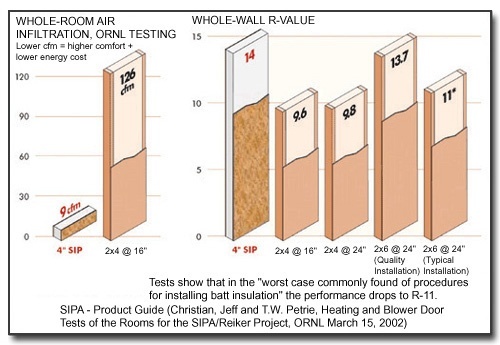
SIPs are purpose-built for exceptional energy efficiency. They create an airtight and supremely insulated building envelope, setting a new standard for sustainable construction. This superior design reduces energy consumption for heating and cooling, effectively curbing carbon emissions and paving the way to a more sustainable future.
The evidence of SIPs’ remarkable performance is backed by comprehensive research. Studies conducted by Oak Ridge National Laboratory demonstrate that SIPs consistently outperform traditional stick-framed walls in two key areas: thermal resistance and airtightness. These findings emphasize the tangible benefits of choosing SIPs, not only in terms of energy savings but also in reducing the carbon footprint of buildings. Learn more about this research and SIP thermal performance with EPS cores.
Lifelong Benefits, Reduced Footprints: SIPs’ Lifecycle Analysis
“The exceptional performance of SIPs as an insulator coupled with low air leakage for the built environment offers the construction industry the tools and technology needed to achieve superior thermal performance while making a significant and restorative contribution to the reduction of global warming.” - EPS Industry Alliance
To reinforce the credibility of SIPs, the environmental profile, Structural Insulated Panels Reduce Globe Warming: Life Cycle Benefits of SIPs, conducted by the EPS Industry Alliance, highlights the remarkable environmental advantages of SIPs when compared to traditional wood framing. Here’s what the life cycle analysis reveals:
- Over a span of 50 years, SIPs offer average energy savings that are 9.9 times greater than the energy invested when using traditional stick framing for a home in the U.S.
- SIPs contribute to a reduction in global warming potential that is 13.2 times greater than the CO2 equivalent emissions produced to manufacture the SIP.
- The energy payback period for SIPs is remarkably short, standing at 5.1 years and even as low as 2.7 years in U.S. Zone 1.
- SIPs effectively cancel out the greenhouse gas emissions from their manufacturing in a mere 3.8 years when used for American homes.
Get Started with SIPs
As we embrace SIPs’ potential, we embrace a future where buildings are more than structures; they are testaments to sustainable progress. SIPs offer not just an alternative but a conscious approach to building, one that not only reduces energy consumption but also curbs waste and lower carbon emissions. These structurally insulated panels, anchored by EPS insulation, set new benchmarks for energy efficiency and longevity, proving that sustainability is not just a concept but a reality.
Explore more about designing and building sustainably with SIPs at www.SIPs.org. Here you will find a selection of educational information and materials including: Designing with SIPs & Building with SIPs, Technical Research & Performance Tests, Builder Education and AIA Continuing Education (and more).



